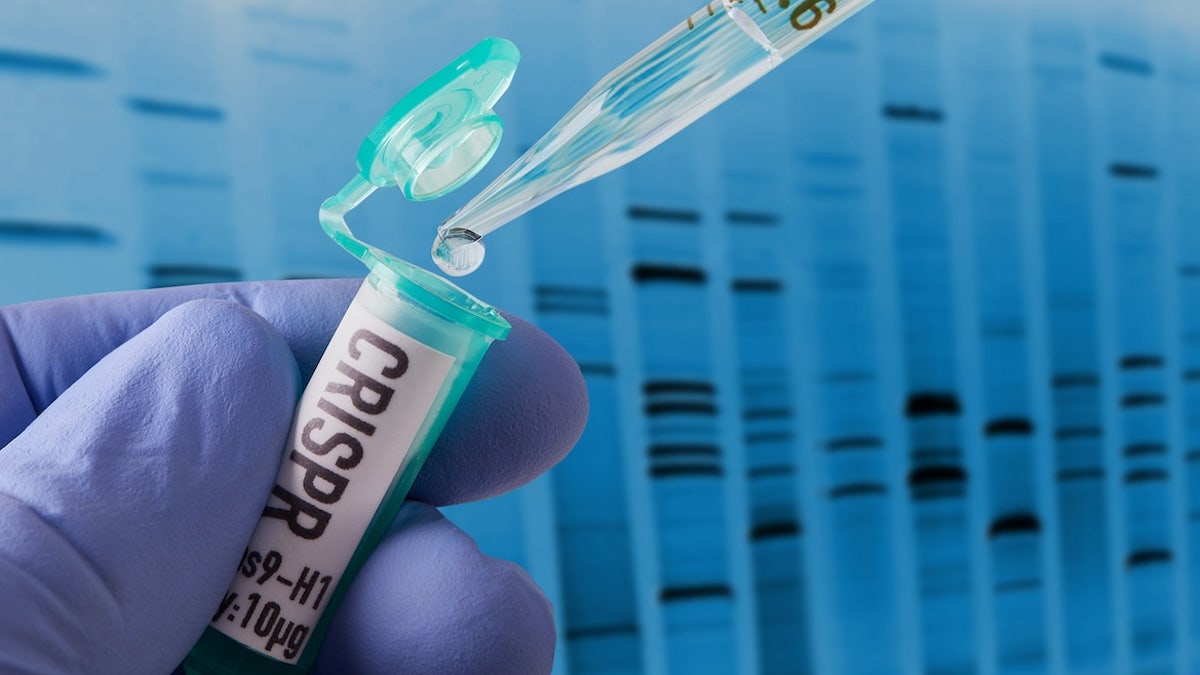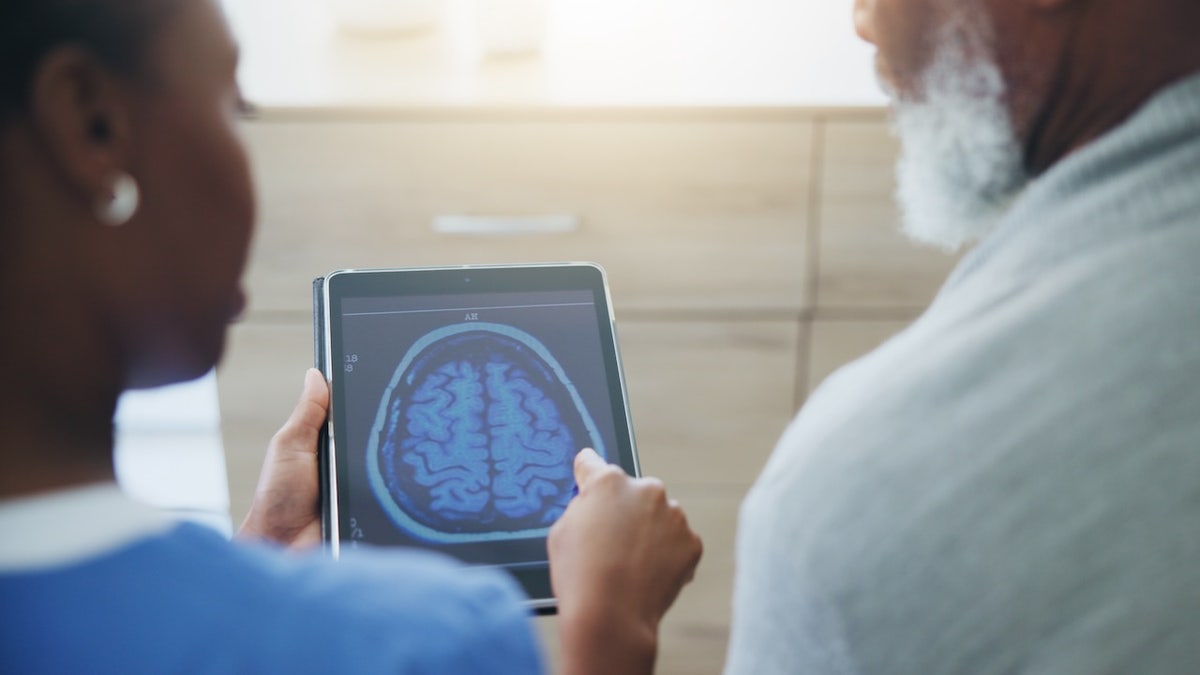As Alzheimer’s disease now affects seven million Americans, the largest number there is a growing demand for new treatments.
Scientists at the University of California, Irvine, have discovered an “innovative” therapy for combating the disease.
The treatment is to use stem cells to “program” human immune cells, called microglia, to counteract the signs of dementia in the brain, according to a statement from the ICU.
Alzheimer’s rates have reached an impressive number as experts ask for change
Microglies are immune cells found in the central nervous system that act as the “main line of defense of the brain against infection and injuries”, according to the consequent ones.
Using the CRISPR gene editing, scientists designed cells to produce an enzyme called a nepilysin, which has been shown to break down toxic beta-amyloid plates that are built in the brain of Alzheimer’s patients.
As Alzheimer’s disease now affects seven million Americans, the largest number there is a growing demand for new treatments. (Istock)
In the brain of mice, it was found that designed cells preserve neurons, decrease inflammation, reduce beta-amyloid accumulation and reverse neurodegeneration, according to researchers.
The study, funded by the National Health Institutes, was published in the magazine Cell Sem Cell.
“I am a neurologist, here is why dementia is increasing and how to reduce the risk”
“Biological delivering to the brain has been a significant challenge due to the hematoencephalic barrier,” said co-author Mathew Blurton-Jones, a professor of Neurobiology and Behavior, in the statement.
“We have developed a programmable life delivery system that is posed by this problem residing in the brain and responding only when and where it is needed.”
The scheduled cells are only aimed at amyloid plates, according to researchers, which makes the approach “highly oriented but widely effective.”
“We have developed a programmable life delivery system that is posed by this problem residing in the brain and responding only when and where it is needed.”
The study also found that microglia could be effective in combating other central nervous system disorders, such as brain cancer and multiple sclerosis.
“This work opens the door to a completely new class of brain therapies,” said Robert C. Spitataale, a professor of pharmaceutical sciences, in launch.
“Instead of using synthetic drugs or viral vectors, we are enrolling the immune cells of the brain as precision delivery vehicles.”

Using the CRISPR gene editing, scientists designed cells to produce an enzyme called a nepilysin, which has been shown to break down toxic beta-amyloid plates that are built in the brain of Alzheimer’s patients. (Istock)
Dr. Joel Salinas, a behavioral neurologist and a professor associated with the Nyu Grossman School of Medicine, said this study is an “impressive concept test” for highly directed and sensitive brain therapy.
“One of the most exciting aspects is accuracy: instead of releasing treatment throughout the brain, these modified cells are only activated when damage related to the disease occur,” said Salinas, who was not involved in research, told Fox News Digital.
The study suggests that blood pressure and risk of dementia suggests a surprising link
“This type of directed action could help limit damage to healthy brain tissue, reduce side effects and concentrate therapeutic effects when needed.”
Although the results are still early and limited to mice, Salinas said that this strategy opens a “new promising way”.

Although the results are still early and limited to mice, the strategy opens a “new promising road”, a neurologist said. (Istock)
In front, researchers aim to perform human trials, potentially using stem cells from each individual patient to reduce the risk of immune rejection, according to the statement.
“If future studies show that this approach is safe, durable and effective in humans, it could be adapted not only for Alzheimer’s, but also for other conditions where disease processes are breach or localized, such as brain tumors, multiple sclerosis or other neurodegenerative diseases that cause Dance,” said Salinas.
Click here to get the Fox News app
Courtney Kloske, Doctor, Director of Scientific Commitment of the Alzheimer’s Association in Chicago, also reviewed the conclusions of the ICU study.
“With the continuous aging of the population, the financing of strategic research to expand the therapeutic pipeline for Alzheimer’s and other diseases that cause dementia is fundamental,” he told Fox News Digital.
Click here to register -you are in our health newsletter
“It is equally important to explore different methods of delivery of medicines, such as the use of genetically modified cells, as shown in this recently published research.”
Kloske said that these findings are promising and hopeful, but preliminary.

“An additional investigation is needed to determine how this type of drug delivery mechanism could affect people with or at risk of Alzheimer’s,” said a representative of the Alzheimer’s Association. (Istock)
“Additional research is needed to determine how this type of drug delivery mechanism could affect people who live or at risk of Alzheimer’s,” he said.
“This work was done in animal models; authors emphasize the importance of moving this research in clinical trials in people to better understand the therapeutic potential of this drug delivery mechanism.”
For more health items, visit www.foxnews.com/health
In addition to the NIH, the study received support from the California Institute of Regenerative Medicine and the Cure Alzheimer’s Fund.
#Alzheimers #brain #treatment #shows #promising #results #study
Image Source : www.foxnews.com
